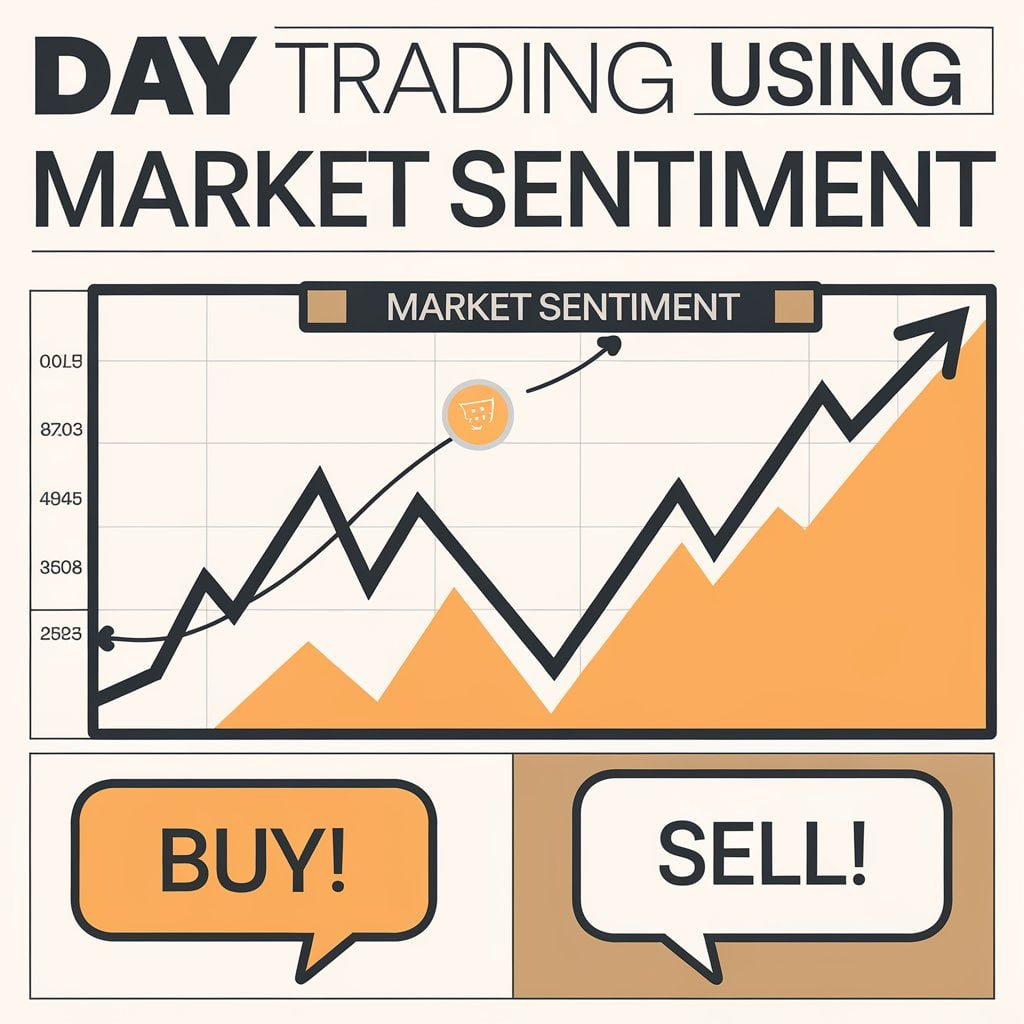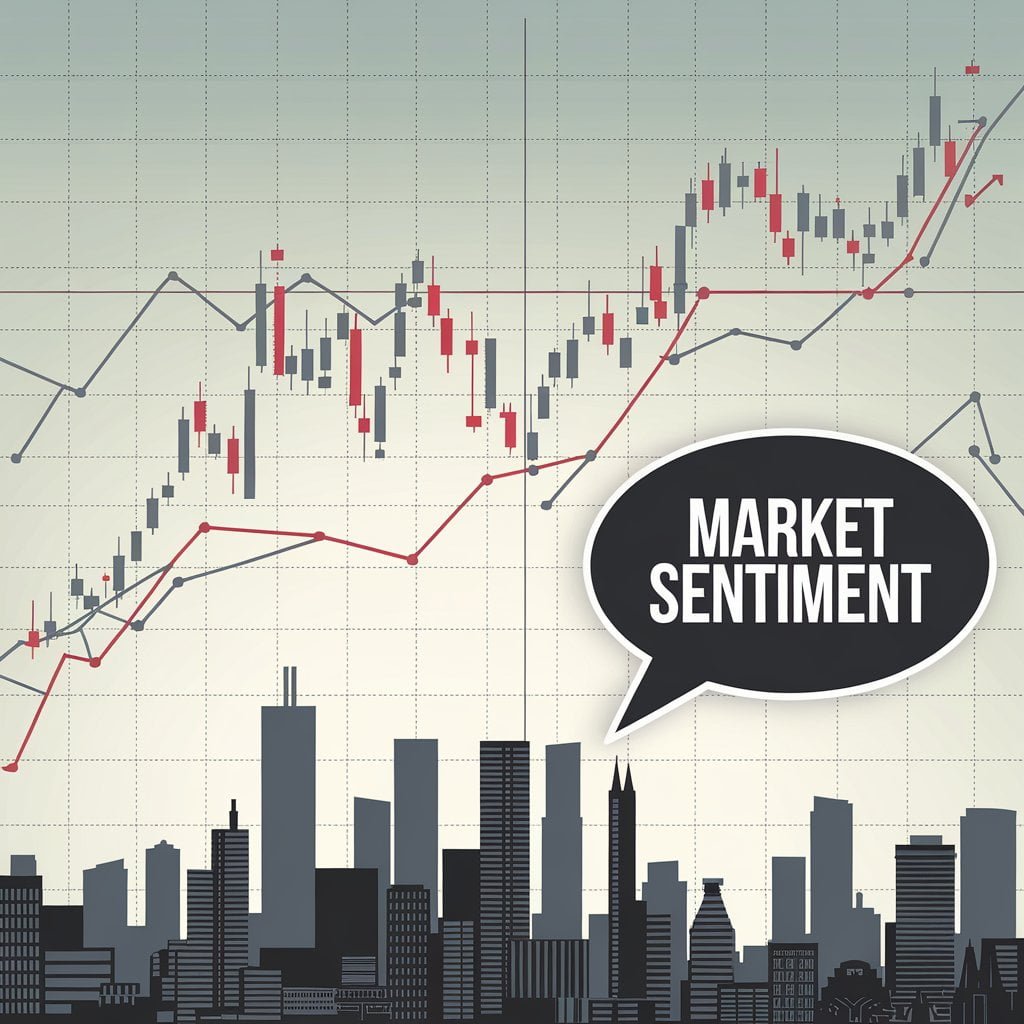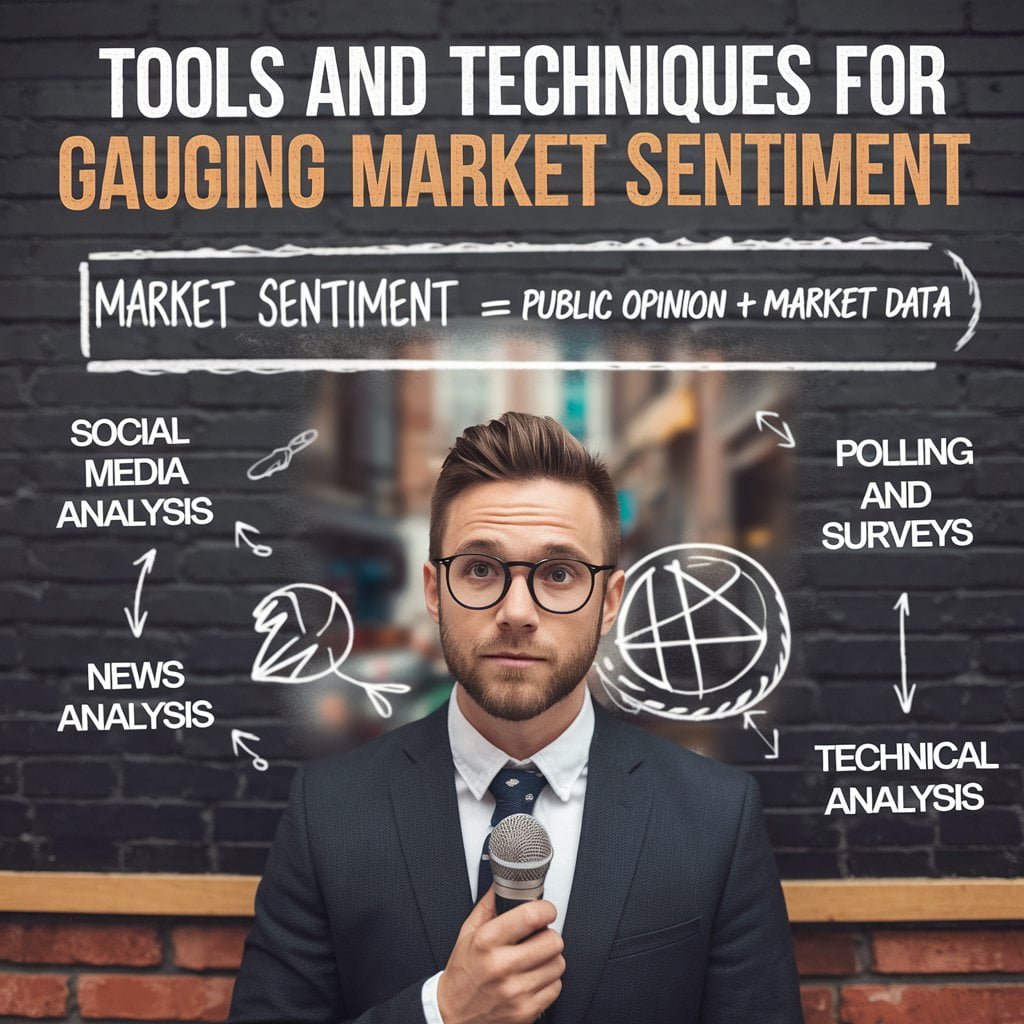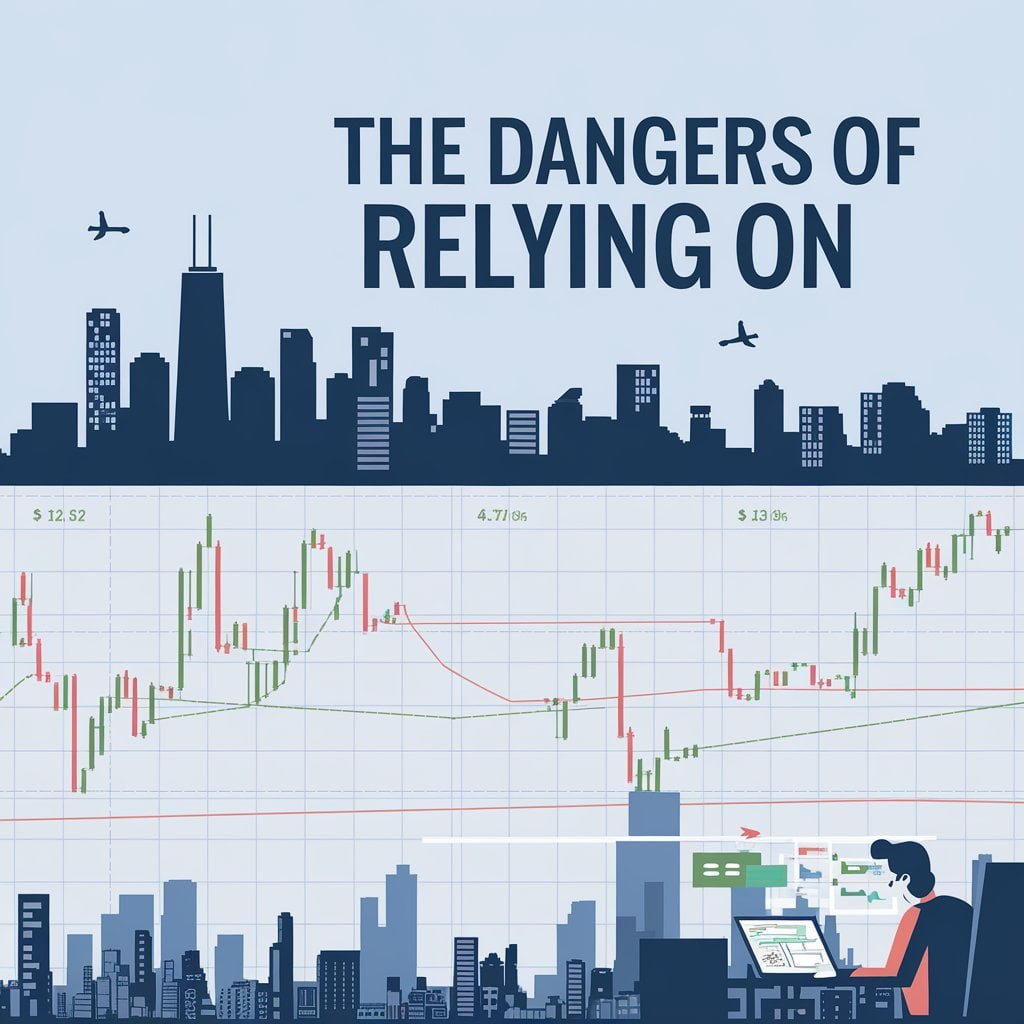
Day Trading Tips: Using Market Sentiment to Your Advantage
Click Here To Save Time
Time Saver
Understanding market sentiment is crucial for day traders to anticipate short-term price movements.
News and media heavily influence market sentiment, often leading to rapid changes in stock prices.
Sentiment indicators, social media monitoring, and volume analysis help traders gauge market sentiment.
Tesla’s stock price surge in 2020 exemplifies the power of positive market sentiment, even when disconnected from fundamentals.
Over Reliance on sentiment can be dangerous, as shown by historical examples like the Dot-com bubble.
Combining sentiment analysis with technical indicators and risk management strategies is key to successful day trading.
Introduction
Day trading is a high-speed world where traders buy and sell financial assets within the same day, aiming to profit from small price changes. But beyond charts and technical analysis, there’s another critical factor at play: market sentiment.
This is the general mood or attitude of investors toward the market, which can significantly influence price movements.
In this article, we’ll explore what market sentiment is, why it’s vital in day trading, and how you can use it to make better trading decisions. By the end, you’ll have practical insights to apply in your trading strategy.
What is Market Sentiment?

Market sentiment is the collective mood of investors toward a specific market or asset. It’s like the atmosphere in a room—either optimistic (bullish) or pessimistic (bearish).
This sentiment is shaped by many factors, such as economic reports, company earnings, global events, and even social media trends.
Imagine you’re at a party, and someone mentions that a particular stock is about to take off due to a merger rumor. The buzz grows, more people get excited, and the stock’s price rises, even if the rumor isn’t fully backed by facts. That’s market sentiment at work.
Why Market Sentiment Matters in Day Trading
For day traders, who make quick decisions within minutes or hours, understanding market sentiment is crucial. Unlike long-term investing, where you focus on a company’s overall health, day traders need to react to immediate price changes, often driven by sentiment.
For example, if a company releases excellent earnings, traders might quickly buy the stock, pushing its price higher as the positive sentiment spreads.
However, sentiment can change rapidly; a once-positive trend can turn negative quickly, making timing and adaptability essential.
The Role of News and Media in Shaping Market Sentiment
News is a major driver of market sentiment. An announcement from the Federal Reserve, a geopolitical event, or even a tweet from a well-known figure can cause significant market shifts.
For instance, when the Fed suggests interest rates might rise, markets usually react negatively, as higher rates can slow economic growth.
Traders might sell off stocks, leading to a drop in prices. On the flip side, news of continued low rates can boost market sentiment, driving prices up.
Case Study: The Tesla Effect

Tesla is a prime example of sentiment-driven stock pricing. In 2020, Tesla’s stock price skyrocketed by over 700%, fueled by investor optimism and excitement about the company’s future.
This positive sentiment pushed the price higher, creating a feedback loop where more investors jumped in, further inflating the stock’s value.
For day traders, recognizing this bullish sentiment early on could have led to significant profits. However, those betting against the stock often found themselves caught in a short squeeze, losing money as the price continued to rise.
Tools and Techniques for Gauging Market Sentiment

Day traders use various tools to gauge market sentiment:
–Sentiment Indicators: Tools like the Put/Call Ratio and the Volatility Index (VIX) provide insights into whether the market is leaning bullish or bearish.
–Social Media Analysis: Platforms like Twitter and Reddit offer real-time sentiment analysis, where traders can gauge the market’s mood by monitoring trending discussions.
–Volume and Price Action: High trading volume combined with price movements can indicate strong sentiment, whether positive or negative.
–Contrarian Indicators: Tools like the Fear & Greed Index help traders bet against the prevailing sentiment, anticipating market reversals.
A Personal Tale: Navigating Market Sentiment
Imagine it’s January 2021, and you’re enjoying your morning coffee when you notice GameStop (GME) making headlines.
A group of traders on Reddit has sparked a buying frenzy, sending the stock’s price soaring. You decide to buy in early and watch as the price climbs, riding the wave of positive sentiment.
However, by afternoon, the mood shifts, and traders begin selling off. You sell your position just in time to secure your gains before the price drops, highlighting the importance of timing and sentiment awareness in day trading.
The Dangers of Relying Solely on Market Sentiment

While powerful, market sentiment isn’t foolproof. Overreliance can lead to significant losses, especially when driven by hype rather than facts.
The Dot-com bubble is a prime example, where investor excitement over the internet led to unsustainable stock prices that eventually crashed, causing massive losses.
Balancing sentiment with solid research and risk management is key to avoiding these pitfalls. Always ask if the price movements are justified by the fundamentals before making your move.
Conclusion
Understanding market sentiment is like reading the currents in a fast-moving river. It’s not just about knowing which way the market is moving but understanding why it’s moving and being ready to adapt when things change.
Market sentiment can be your ally or adversary in day trading. By combining sentiment analysis with technical indicators, news monitoring, and a solid trading strategy, you can navigate the markets more confidently and successfully.
But remember, even the best traders can’t predict everything. That’s why risk management is essential. By setting limits and staying disciplined, you can protect yourself from the sudden shifts in market sentiment that are inevitable in day trading.
Click Here For Our Sources
Sources
https://www.investopedia.com/articles/trading/06/marketpsychology.asp
https://www.fidelity.com/learning-center/trading-investing/trading/market-sentiment
https://www.thebalance.com/market-sentiment-5218623
https://www.reuters.com/markets/stocks/what-is-market-sentiment-2022-05-20/
Leave a Reply
You must be logged in to post a comment.